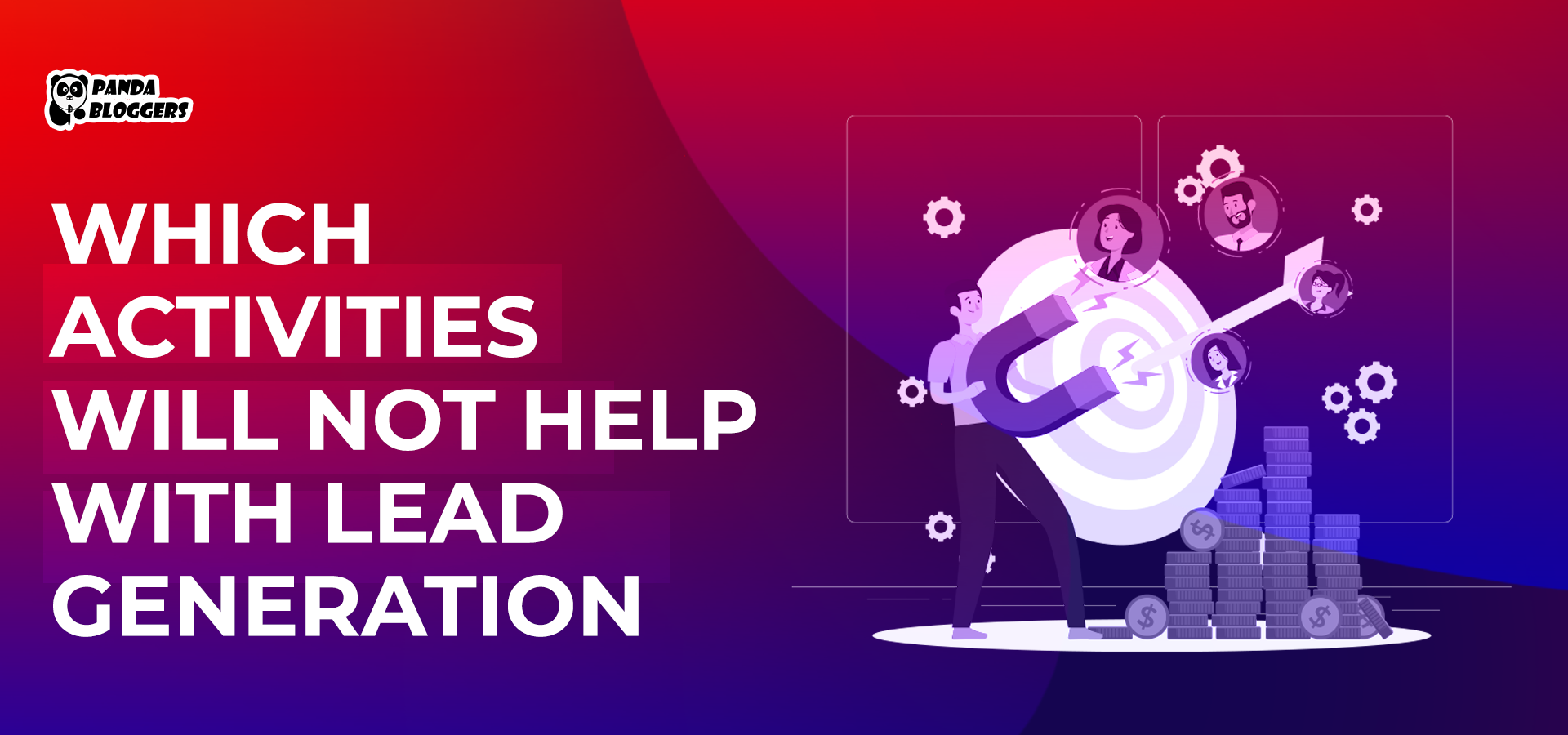 Which Activities Will Not Help with Lead Generation?
Which Activities Will Not Help with Lead Generation?
As a key marketing strategy, lead generation focuses on generating consumer interest in the products/services provided by a company. Leading brands these days attract potential customers or prospects to their offerings using top digital marketing channels. They further accelerate lead generation by integrating inbound and outbound marketing strategies.
However, strategists and marketers often impact lead generation activities negatively by committing certain mistakes. These lead generation mistakes make it challenging for businesses to acquire customers and drive sales. We are discussing which activities will not help with lead generation.
Which Activities Will Not Help with Lead Generation: Lets Look at These 13 Activities That Do Not Help Businesses Improve Lead Quality and Quantity
Focusing on a Specific Channel
Consumers these days interact with brands using various digital marketing channels. A business cannot accelerate lead generation without using and integrating multiple marketing channels. Hence, leading brands improve lead quality and quantity by integrating top digital marketing channels like websites, mobile apps, search engines, social media, emails, video-sharing platforms, and paid advertisements.
Not Defining Detailed Buyer Personas
As a semi-fictional representation of customers, a buyer persona depicts their demographics, needs, preferences, interests, pain points, and affiliations. When making lead generation strategies, seasoned strategists create detailed buyer personas by combining demographic, psychographic, and professional information of the targeted customers. Detailed buyer personas help them accelerate lead generation by creating content that resonates with potential customers.
Distributing Generic Content
No business can generate high-quality leads by distributing generic content. Strategists should remember that personalization is currently one of the prominent lead generation trends. Hence, they must tailor the lead generation approach according to the specific needs, interests, and concerns of prospects. Personalized content and messaging are essential to make prospects trust a brand and share their contact details.
Buying Email Lists
Many companies accelerate email marketing campaigns by buying contact details of potential customers from third-party vendors. The ready-to-use email lists make it easier for them to run marketing and advertising campaigns. However, strategists must remember that such email lists often make emails land in recipients’ spam folders. Hence, they must explore ways to capture the contact details of leads organically by fostering engagement and using email capture tools.
Making Random Cold Calls
As an effective outbound lead generation strategy, cold calling helps marketers generate B2B leads by interacting with decision-makers directly. However, no brand can increase the number of B2B leads without making cold calls strategically. It is always important for strategists to ensure that telecallers must personalize telecalling efforts by understanding the lead’s needs, preferences, and concerns clearly. At the same time, the cold calling must align with the enterprise lead’s current position in the buying journey.
Not Analyzing Content Gap
Content marketing drives B2B lead generation by sharing solutions, insights, and expertise with decision-makers. However, companies often do not map content to the buyer’s journey by conducting content gap analysis. Content gap analysis drives B2B lead generation by answering key questions like what content the target audience wants, and is the content created and distributed meets their needs. Hence, it becomes easier for brands to engage enterprise leads by generating fresh content and updating existing content.
Creating Random Social Media Posts
Social networks drive lead generation by helping brands increase customer reach. In addition to strengthening their social media presence, leading brands engage with their target audiences actively by sharing various types of content. However, a business cannot accelerate lead generation without sharing content strategically and consistently. Strategists must focus on sharing content that keeps potential customers engaged while enhancing the brand’s credibility and visibility.
Not Integrating Different Types of SEO
As a tried and tested digital marketing tactic, search engine optimization (SEO) helps brands generate leads by increasing a website’s search traffic. However, no brand can increase the lead quantity without integrating on-page, off-page, and technical SEO. On-page SEO tactics increase search traffic by optimizing the website’s content and page elements for search engines. Likewise, Off-page SEO tactics drive lead generation by adding authority and credibility to the website. At the same time, technical SEO tactics ensure that the website complies with the latest technical requirements of search engines.
Ignoring Real-Time Lead Generation
In the age of instant messages, no brand can boost lead generation activities without interacting with customers and prospects in real time. Leading brands facilitate real-time customer interaction using popular messaging apps like WhatsApp and Telegram. These messaging apps create opportunities for brands to send individualized messages tailored according to the lead’s needs and preferences. They further increase messaging campaign outcomes by implementing popular WhatsApp marketing tools.
Not Deploying Lead Generation Chatbots
As AI-powered computer programs, chatbots engage website visitors by simulating human conversations. In addition to generating leads, customized chatbots capture important contact information. Leading brands deploy tailored chatbots to score and prioritize leads based on their preferences and buying behavior. In the age of AI, no business can generate high-quality leads without deploying chatbots that gather crucial information by asking targeted questions and answering common questions.
Generating Leads Manually
Marketing automation tools drive lead generation by helping marketers know website visitors. In addition to curbing lead generation time and costs, they help marketers identify and capture prospects in various ways. Leading lead generation tools facilitate customer contact data collection using tactics like landing pages, forms, surveys, polls, quizzes, and contests. In addition, they help brands engage prospects by facilitating lead scoring and segmentation. Leading brands streamline and improve the process by implementing the best lead generation tools.
Ignoring Lead Nurturing
No brand can increase sales revenue only by generating more leads. In addition to generating leads regularly, they must engage and nurture prospects throughout their buying journey. They must foster relationships with customers in various stages of the buyer’s journey. Lead nurturing is essential to build trust and credibility that will make the prospect consider the product/service when they make the purchase. Leading brands boost sales conversions by complementing lead generation strategies with lead-nurturing strategies.
Promoting Products/Services Constantly
While making lead generation strategies, many believe in generating more leads by constantly promoting a product/service constantly. They must remember that constant promotions do not increase the quality and quantity of leads. Instead, many potential leads avoid the brand by unsubscribing. Leading brands boost lead generation by delivering both informational and promotional content to potential customers. At the same time, they ensure that a lead accesses relevant and personalized content according to their position in the buyer’s journey.
Conclusion
No company or startup can sustain profitable growth without generating high-quality leads regularly. Successful brands boost lead generation by focusing on both quality and content. In addition to personalizing lead generation, they streamline the process through automation. When making lead generation strategies, strategists improve lead quality and quantity by implementing several best practices and avoiding crucial mistakes.


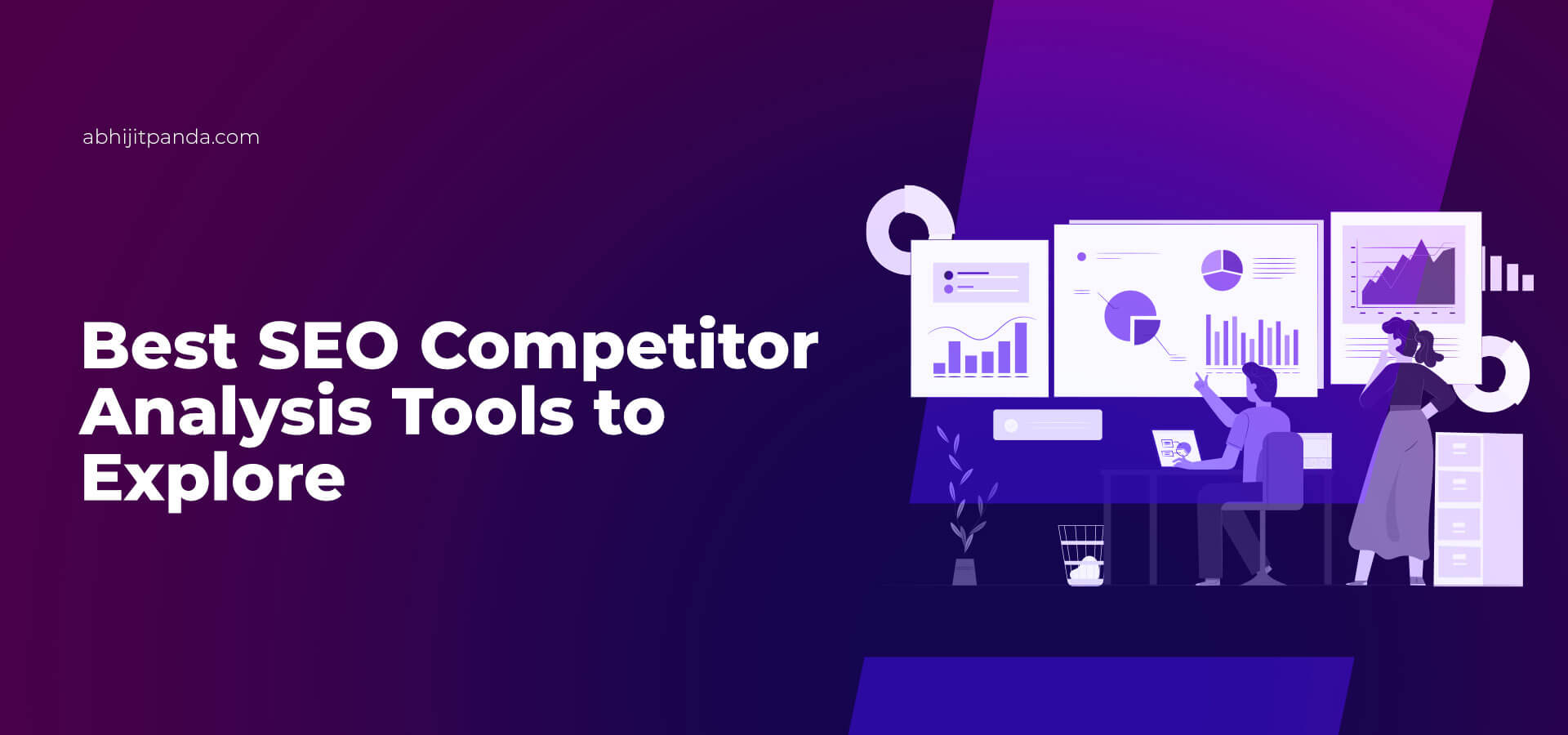
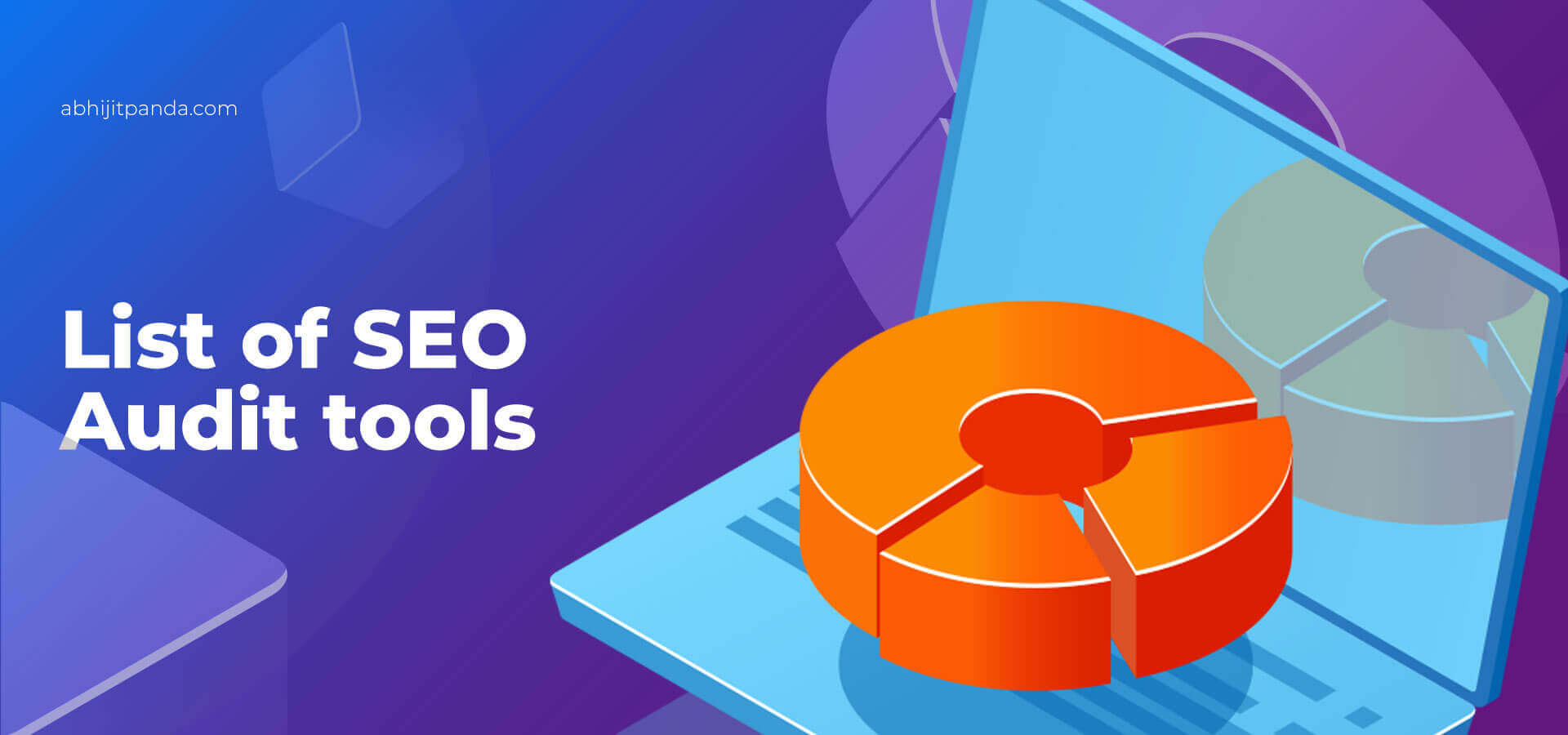

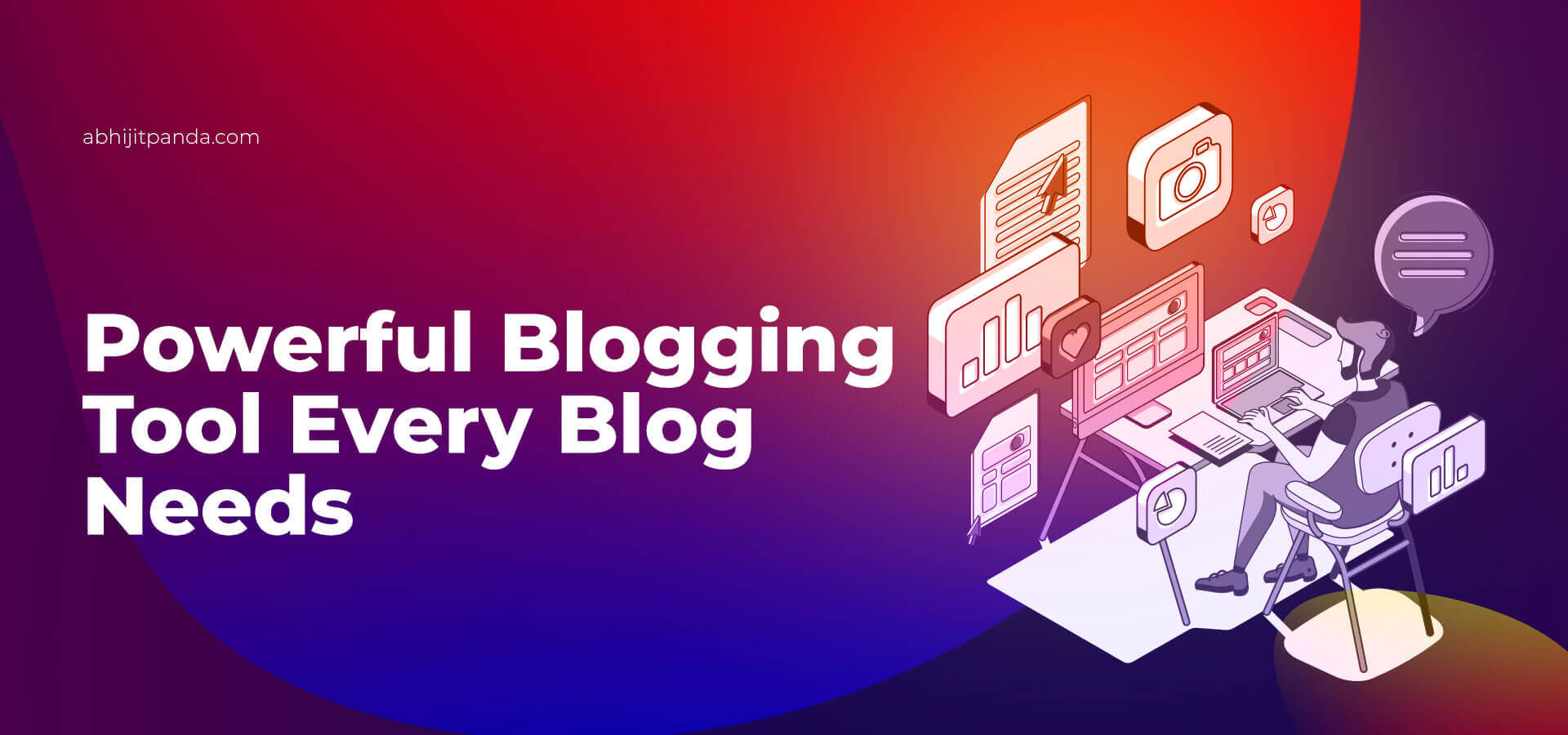
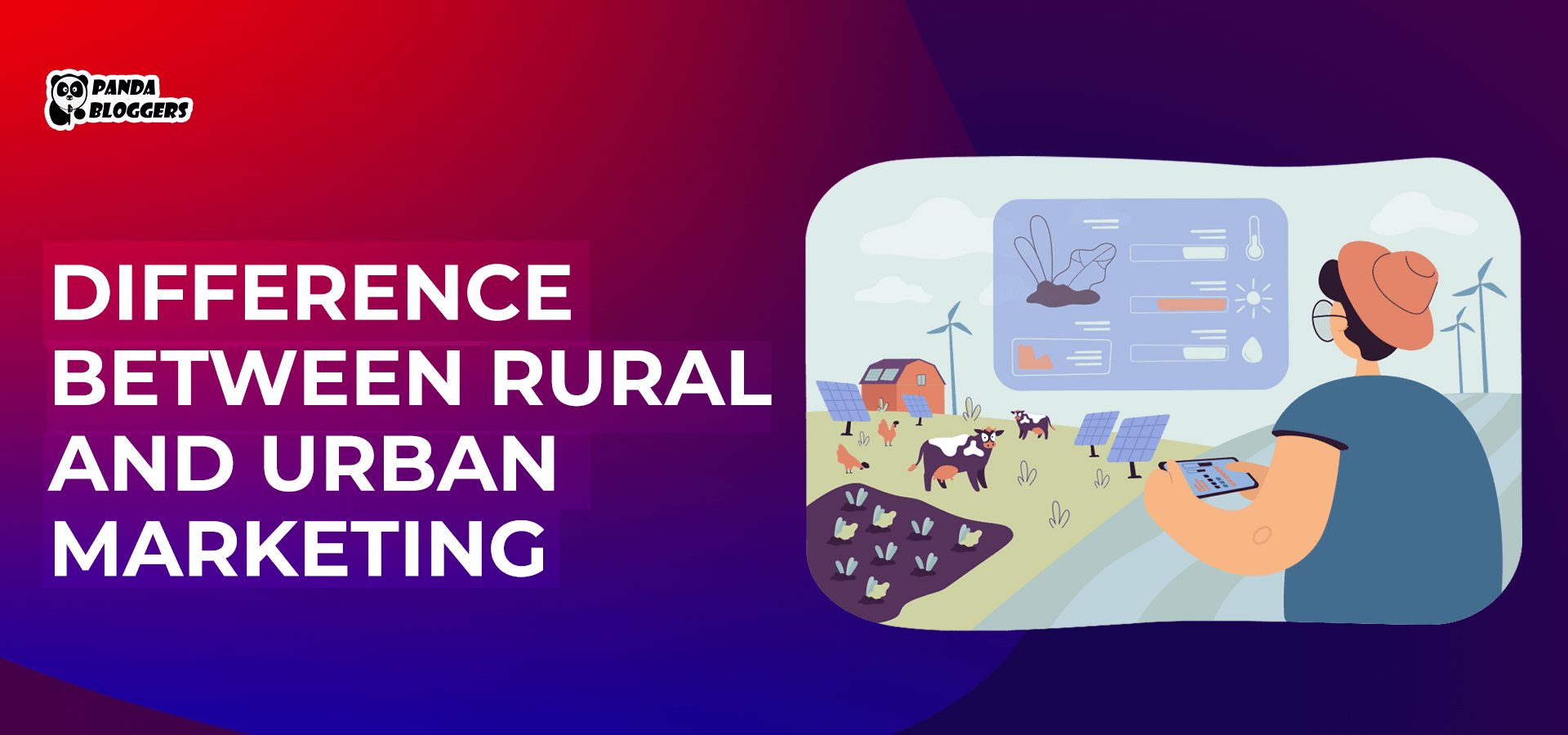

Leave a Reply